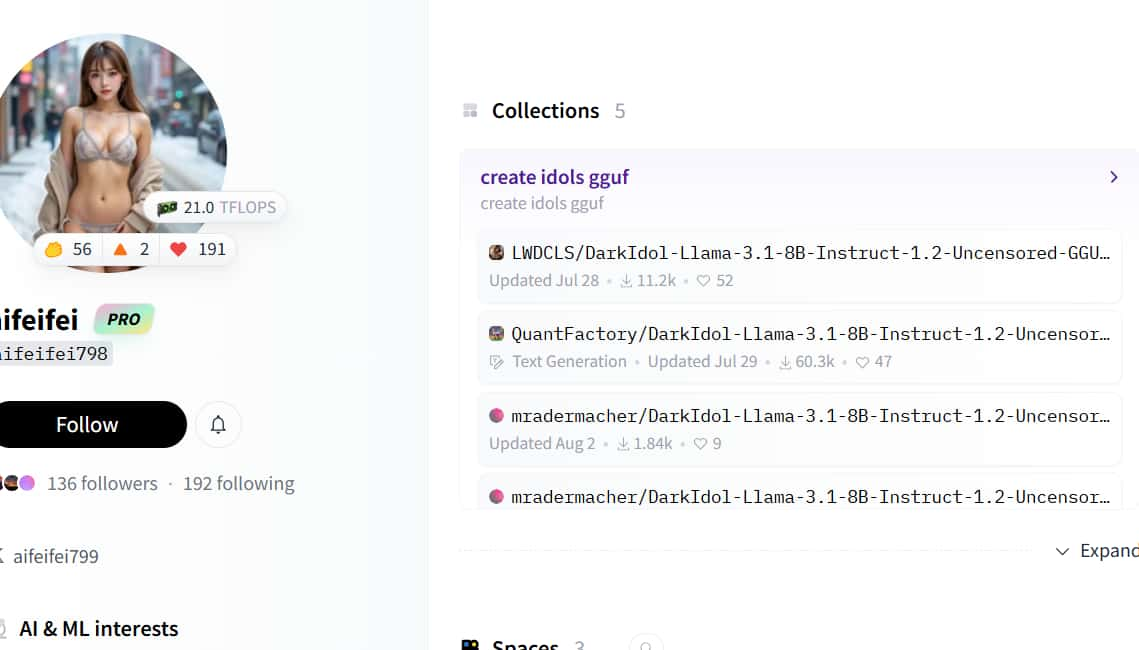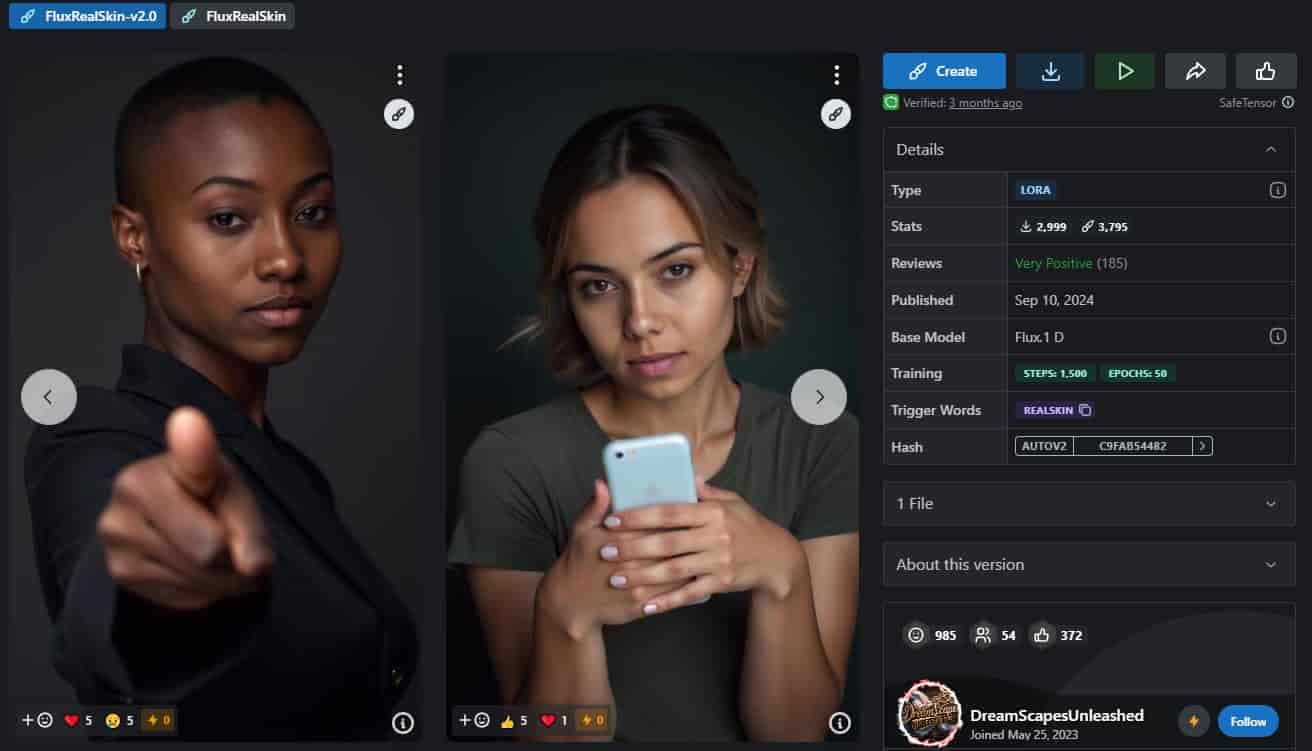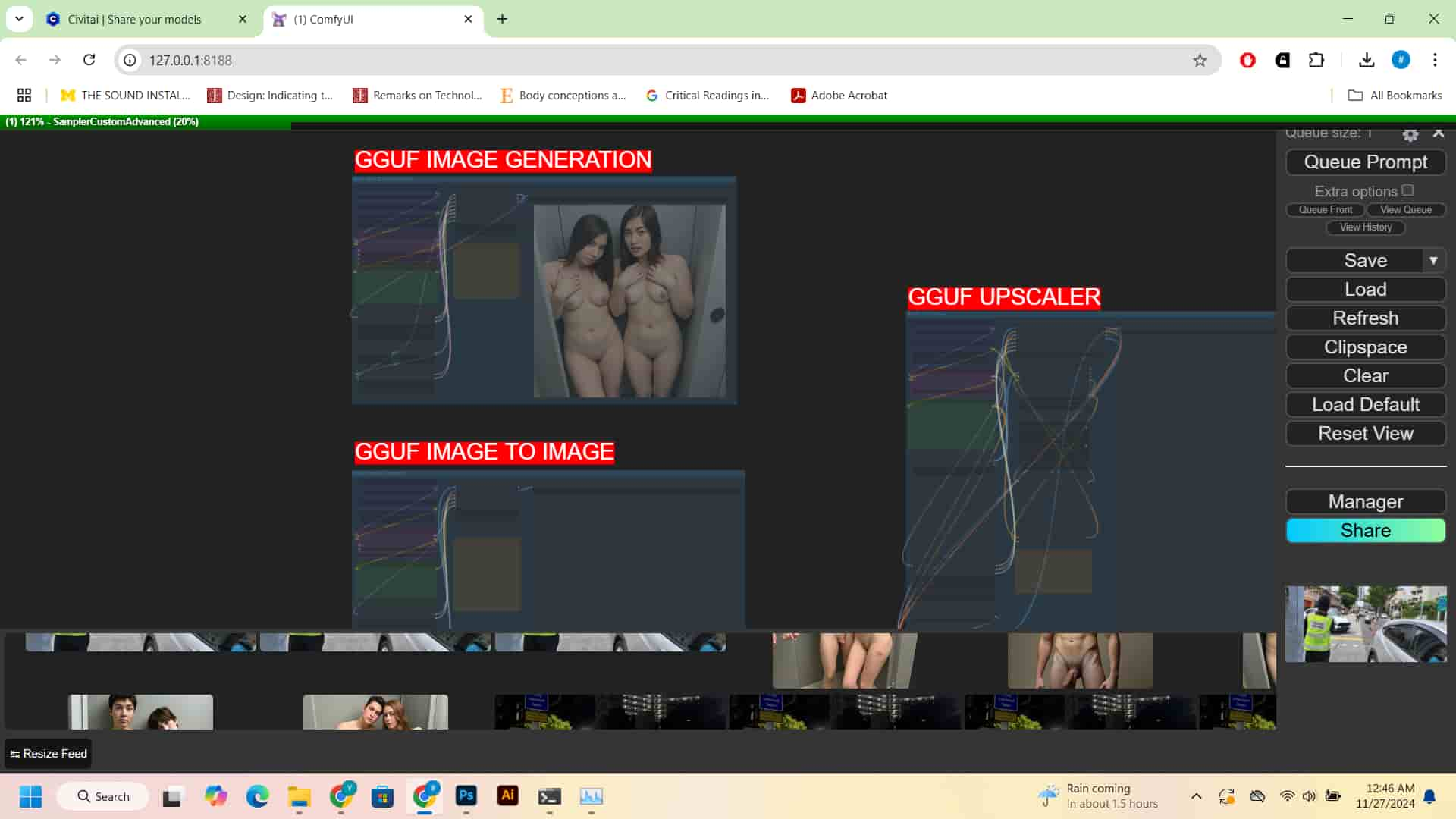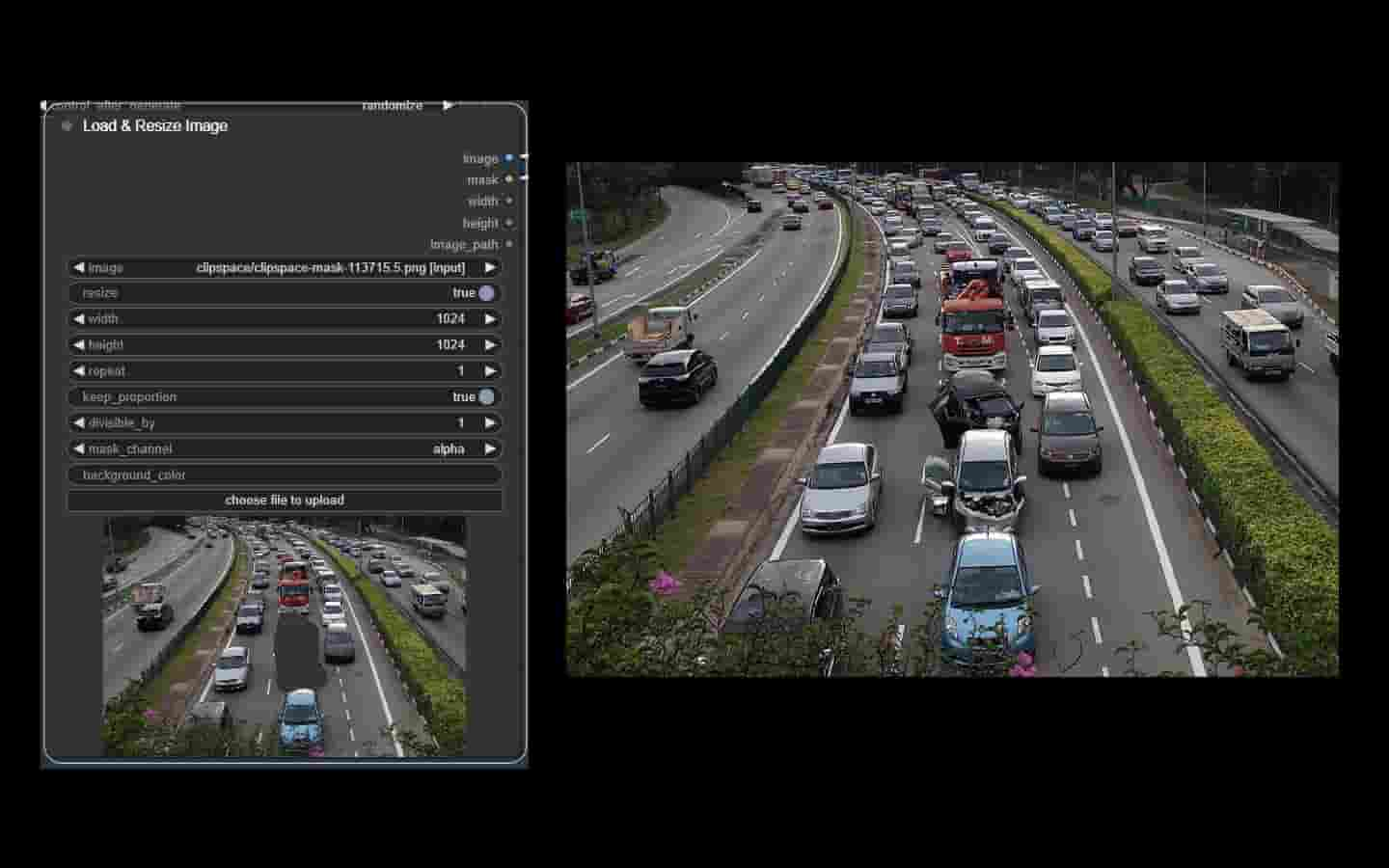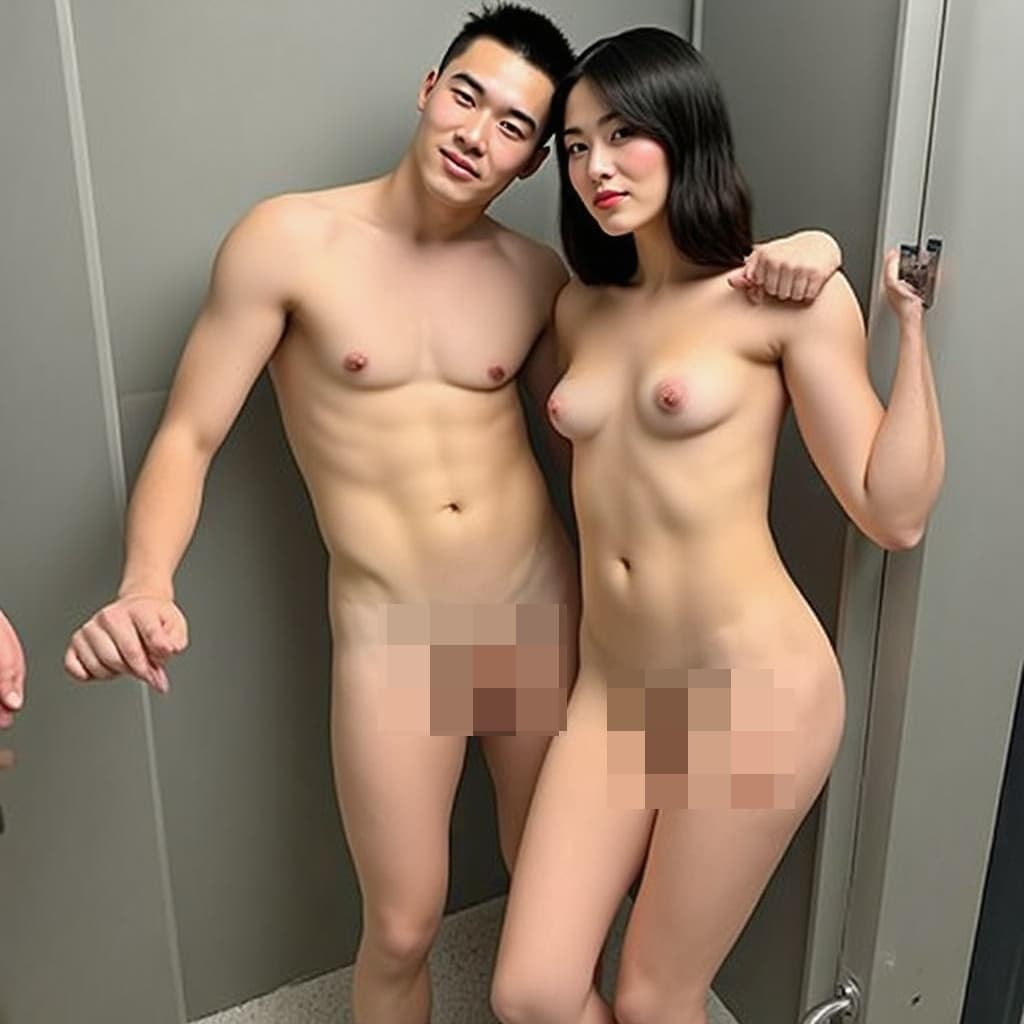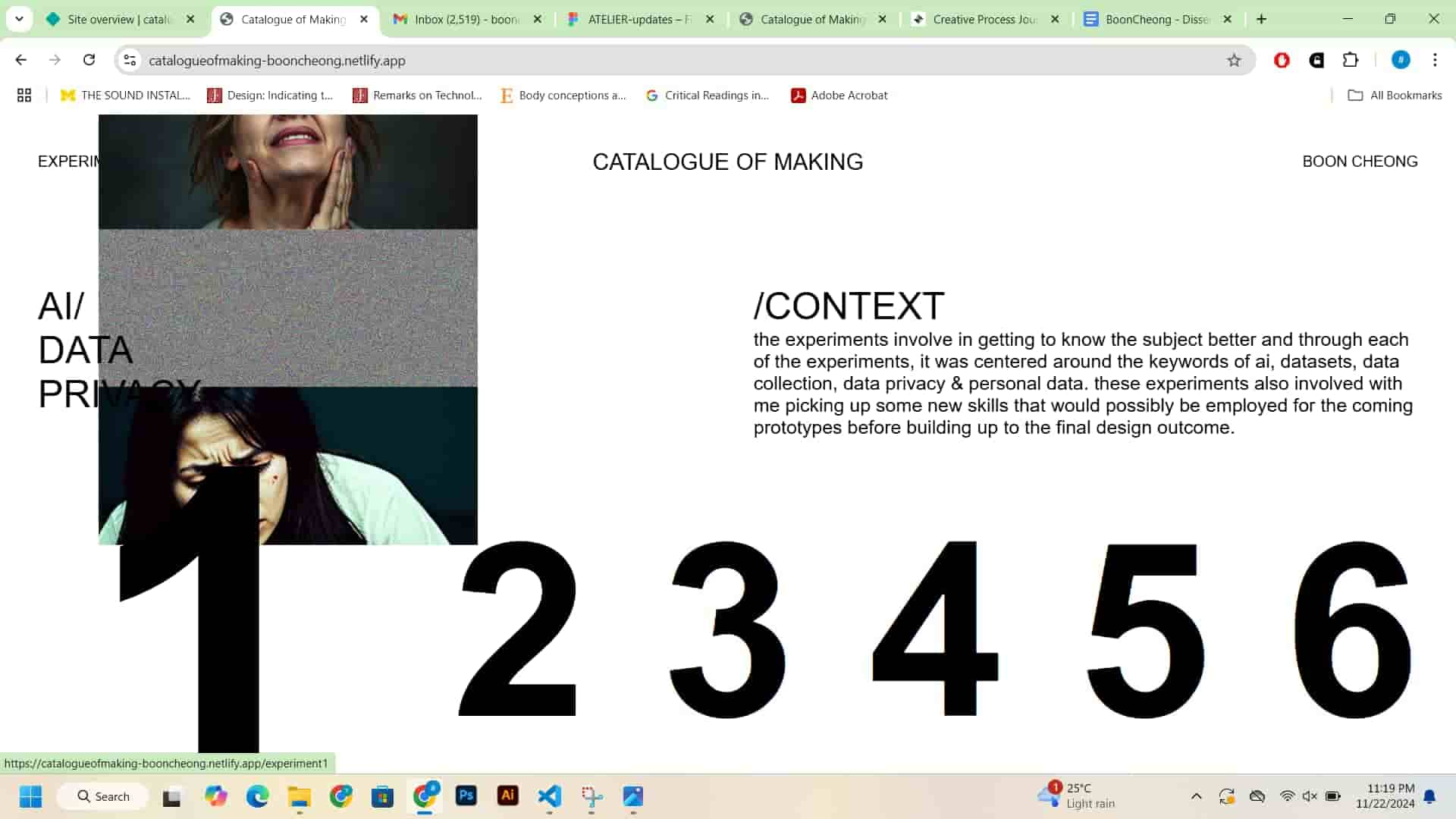Final Consultation
In my last consultation, I aimed to outline the rationale and clearly define the issue I wanted to address. However, the session revealed that my identified issue lacked specificity, particularly in explaining how it directly affects people. An example provided during the discussion—“AI is biased, but generative AI is worse”—helped clarify my focus. This example highlighted the importance of narrowing down the scope to more tangible, relatable impacts, giving me a clearer direction for refining my approach and identifying a specific aspect of the problem to tackle. What was mentioned as well, was the lack of narrative to my project therefore, I decide to relook once again with all the findings and readings that I've came across so far.
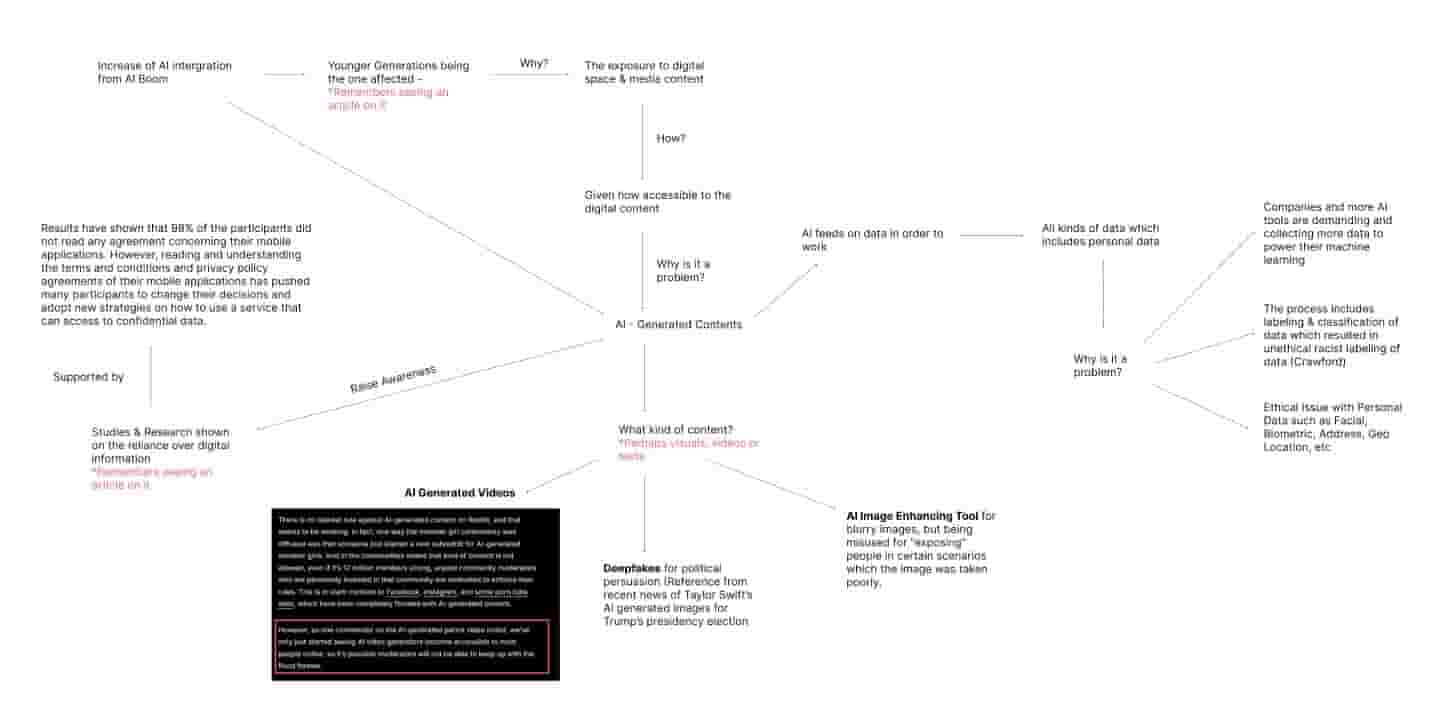
Crafting the Design Statement
As I worked towards finalizing my design statement, patterns in my readings and research pointed to a key issue: "AI-generated content poses a heightened risk of overexposing younger generations to disinformation and explicit content." This insight has helped me refine the focus of my project, allowing me to reposition my experiments to address the connection between personal data privacy and AI-generated content, particularly with a younger audience in mind. By aligning my experiments with this focus, I aim to highlight the importance of protecting younger generations from these risks while fostering awareness about ethical AI practices.
Prototyping
As I define my design statement, I have decided that my prototype will take the form of a small publication featuring provocative AI-generated images designed to blur the line between what is real and what is fake. The goal is to engage readers and spark critical thought about the authenticity of AI-generated content. By gathering responses from participants, I aim to collect valuable data and insights that will inform the development of the next stage of my prototype. This publication serves as a foundational step, building toward the more comprehensive prototype I plan to create in Semester 2.
The images were then crafted using Flux and ComfyUI for the interface to generate the visuals, additionally I've installed a few other existing pre-trained models that are found in CIVITAI marketplace as well as Huggingface in aid for my image generation. My initial intention was to also potray how easily acessible these tools are to craft the images without prior knowledge in graphic or coding, where all the sources can be found online.
Image Generation
To generate the visuals for the publication, I plan to use a combination of text-to-image generation and inpainting techniques. Inpainting involves taking an existing image and using masking tools alongside text-to-image generation to modify and transform the original image. The publication will begin by presenting images that showcase disinformation about locations, gradually progressing to more sensitive and provocative visuals. This structured approach aims to guide readers through a spectrum of AI-generated manipulations, provoking critical reflection on the authenticity and ethical implications of such content.
Inpainting Example
One of the featured images in the publication showcases an altered scene of Braddell Highway in Singapore. Using an online image as the base, I applied inpainting to transform the cars into an accident scene, intentionally creating disinformation to mimic a fabricated news story. The aim of this experiment was to highlight how easily misinformation can be generated and disseminated in the digital age. As we know, news spreads rapidly online, often without proper fact-checking, raising concerns about the reliability of information and the ease with which false narratives can influence public perception.
Sensitive Images
Subsequently, using pre-trained models designed for uncensored image generation, I experimented with text prompts to create nude photos. This was intended to highlight the growing concern of individuals misusing AI for creating deepfakes and spreading them online. While deepfakes have been around for some time, advancements in AI have made the process significantly more accessible, requiring only simple text prompts and a few clicks. Compounding this issue is the unrestricted sharing of such pre-trained models across the internet, which poses serious risks and raises concerns about ethical oversight and the potential for misuse.
Catalogue of Making
For the catalogue of making, I decided to go with a website to better display the footages for the experiments that I've done with computer vision. The website was also designed with intention to use horizontal scrolling effect to give the gallery viewing experience as viewers scroll through the website. The landing page was designed such that the viewers can a clear view of all the experiments, upon hovering on the numbers, they can view the snippets of image about the experiment.
